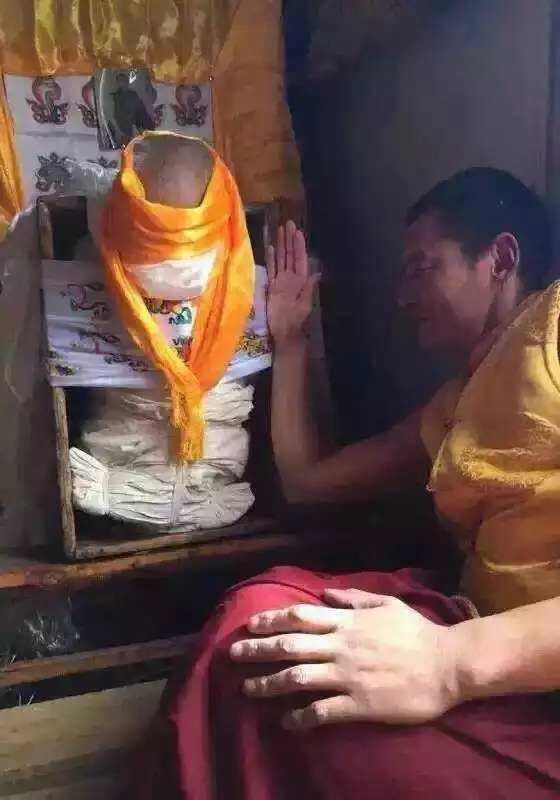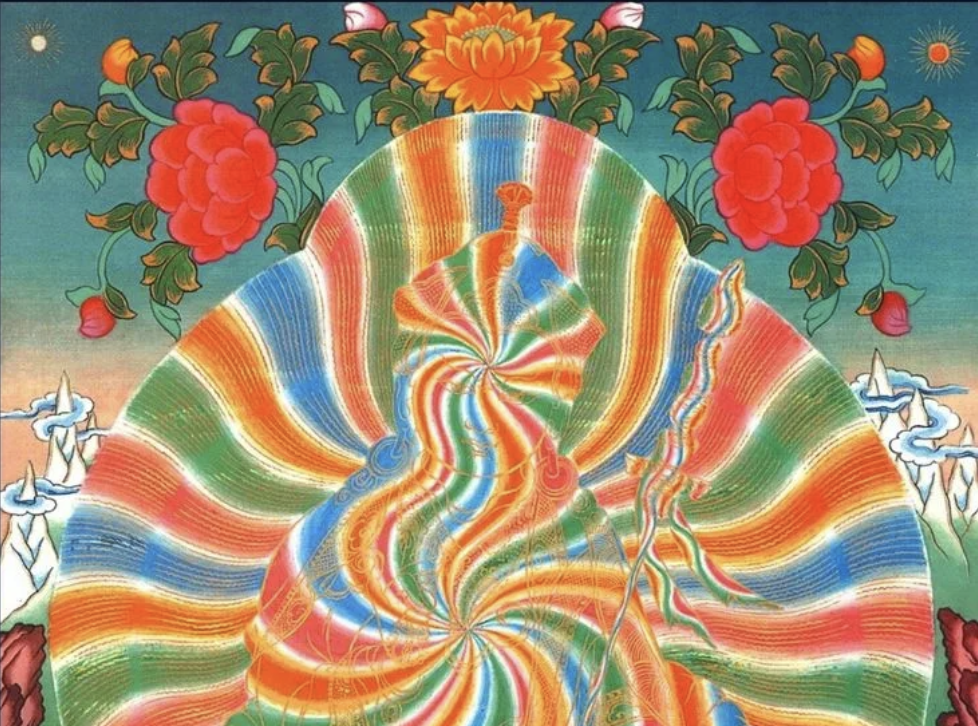In early April 2023, Lama Zopa Rinpoche passed away in Nepal at the age of 76. However, his death marked the beginning of an extraordinary posthumous journey. On April 13th, Rinpoche entered a profound state of meditation known as “tukdam,” remaining in this state for more than a day after his physical demise. This phenomenon raises intriguing questions: How can someone remain in deep meditation after their physical death?
Historical Instances of Tukdam

Lobsang Nyima, the former Gaden Tripa, who passed away on September 14, 2008, stayed in thukdam meditation for 18 days. Additionally, a Tibetan Buddhist scholar in Taiwan entered the rare spiritual meditative state of ‘thukdam’ after being declared clinically dead on July 14, 2020. Geshe Gyatso remained in tukdam for 28 days.
Understanding Tukdam Meditation
Tukdam meditation represents one of the most advanced and profound forms of Buddhist practice. It signifies a deep meditative state that commences at the time of death and can persist for several weeks thereafter. This ultimate process involves the inner dissolution of the five elements and consciousness into clear light, showcasing a state between life and death that challenges our understanding of human existence’s finality.
Signs of Tukdam State
Practitioners in the tukdam state may maintain an upright posture in meditation or adopt the “posture of the sleeping lion.” Their physical appearance might include a certain glow on their face, undiminished skin elasticity, and a warmth at the heart, among other signs. Vajrayana Buddhism views this advanced meditative state as a testament to the power of “mind over matter,” potentially leading to full awakening or a positive reincarnation.
Achieving Tukdam
To achieve tukdam, one requires discipline, years of training, and the right motivation. The process transcends the physical disintegration typically associated with death, marked by unusual phenomena like lights, rainbows, and even mild earthquakes.
The Phenomenon of the Rainbow Body
The Process of Dying According to Vajrayana Buddhism
Vajrayana Buddhism perceives the dying process as an opportunity for enlightenment. This process involves the dissolution of physical and sensory functions, leading to an exposure of one’s innate consciousness. An experienced meditator can seize this moment to merge with the dharmakāya, the innate nature of reality, possibly achieving full enlightenment.
What Is the Rainbow Body?
The rainbow body is a transformation of the physical body into five radiant lights of the color spectrum, resulting from specific meditation practices. Signs of achieving the rainbow body include physical shrinking at death, the emanation of fragrances, and the appearance of rainbows in the sky, indicating a profound spiritual achievement.
Levels of the Rainbow Body
The rainbow body phenomenon encompasses three levels, ranging from the visible dissolution of the body into light after death to the most advanced level, where the yogi dissolves completely into light and remains functional and visible as such.
The Mystery of Tukdam and the Rainbow Body
Tukdam remains a mysterious and highly secretive phenomenon that continues to fascinate and puzzle both spiritual practitioners and scientists. For those interested in exploring this topic further, the movie “Tukdam: Between Words” offers an insightful look into this profound state of meditation.
Lama Zopa Rinpoche’s Legacy
Lama Zopa Rinpoche was a pivotal figure in Tibetan Buddhism, co-founding Kopan Monastery and the Foundation for the Preservation of the Mahayana Tradition (FPMT) with Lama Thubten Yeshe. Following Lama Yeshe’s death in 1984, Rinpoche served as the spiritual director of FPMT. His root guru was HH Trijang Lobsang Yeshe Tenzin Gyatso, and he was a devoted student of the 14th Dalai Lama, emphasizing the importance of fulfilling the Dalai Lama’s wishes for the FPMT.
Among Rinpoche’s notable projects were the construction of two Maitreya statues, the Sera Je Food Fund, and numerous animal liberation events. Rinpoche’s teachings often highlighted the value of compassion in daily life, underscoring the profound merits and purification of negative karma it brings.



